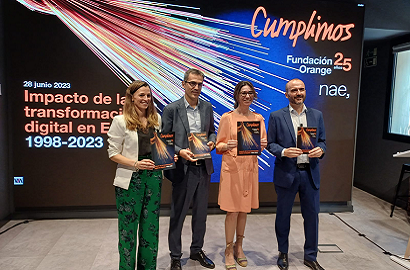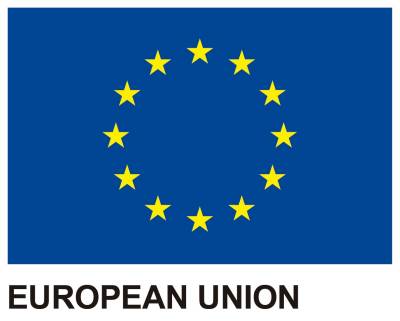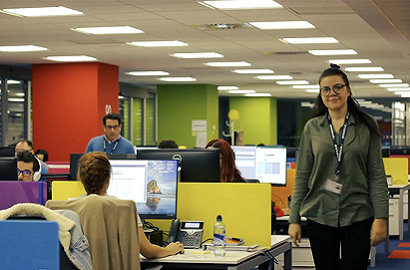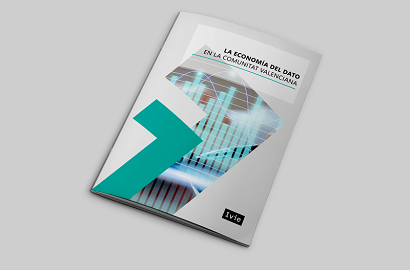Telecoms have invested over 5.5 billion euros a year since 1998

The report by Fundación Orange and the consulting firm Nae places Spain among the digital leaders
The digital transformation driven by the telecommunications sector has helped Spain to become one of Europe’s digital leaders over the past 25 years. This is one of the main conclusions drawn in the report ‘Impact of digital transformation in Spain: 1998-2023’, produced by Fundación Orange and the consulting form Nae, a specialist in the telecommunications sector.
According to the study, Spain ranked seventh in Europe in the field of digital leadership, ahead of countries like France (twelfth), Germany (thirteenth) and Italy (eighteenth). It is among the top three in the EU in terms of quality of connectivity, and it has the highest percentage among all Member States in terms of households with fixed broadband connections of at least 100 megabits.
Contribution to GDP
One of the factors behind Spain’s success has been the investments made by companies in the domestic sector, which are estimated at an average of 5.5 billion euros per year over the past quarter of a century. Thanks to these investments, the sector’s contribution to Spain’s GDP rose to 7.5 billion euros per year between 2013 and 2018.
To analyse the percentage of fibre connections with respect to total broadband access, the report cites OECD data, which places Spain in third position worldwide, only behind South Korea and Japan.
The challenge of digital inclusion
In the words of Daniel Morales, Director of Sustainability at Orange and Fundación Orange, “If this report highlights anything, it is that over the past 25 years telecommunications have defined the course of the digital society in which we live. However, against the backdrop of dizzying progress, some social groups have not been able – and still are not able – to enjoy the benefits that digitalisation offers when it comes to finding a quality job or simply getting by in increasingly technological environments. Therefore, digital inclusion continues to be an immense challenge that companies, non-profit organisations and public authorities must tackle together if we want to complete this process of modernising our country.”
Nae’s Director of Transformation, Silvia Alonso, points out that “when it comes to fibre networks, Spain is a clear leader, with one of the most sophisticated markets in the world. We have learned a lot as an industry, and we know the challenges that are to come. A historic opportunity lies ahead of us: the role we play in the next hundred years will depend on the vision we are able to implement tomorrow.”
Digital divide
The digital divide to which Morales alludes is substantial, and despite the good figures presented in the report, only 64.2% of the Spanish population has basic digital skills. In its Digital Decade policy programme 2030, the European Commission set a target of ensuring at least 80% of the population has these skills.
There has been some progress in this area in Spain. When comparing urban and rural areas, the divide dropped from 18% in 2004 to 4% in 2022. This factor, together with the increase in connection speeds available in rural areas, has helped to slow down rural depopulation to some extent.
The number of daily internet users grew from 16.1% in 2003 to 87.1% in 2022. The digital divide between age groups also fell from 50.5 points in 2012 to 18 points in 2022, although it still exceeds 58 points for those aged 74 and over. The first to disappear almost completely has been the digital gender divide.
Photo: Orange




